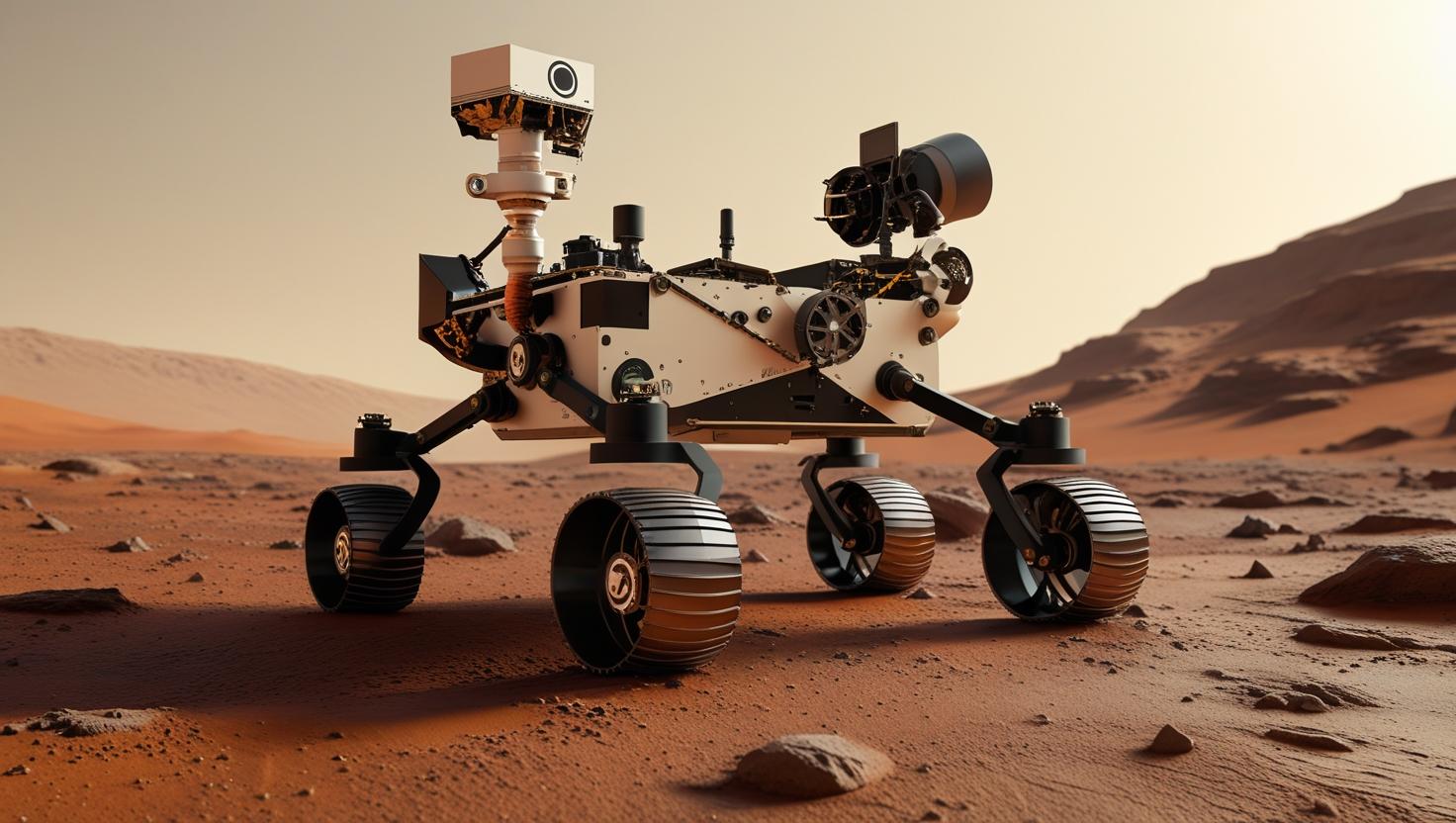

Perseverance Rover Breaks Mars Record with Extended 411m Drive
It looks like NASA's Perseverance rover on Mars is on a journey that will never end.. Not only that, but on June 19, Perseverance rover made history by completing the longast single drive, covering 411 meters of rocky terrain.
Compared to rovers on Mars, Perseverance rover is quite dynamic. While the software on Perseverance rover can take pictures while moving, it can also automatically process and analyze them, while other rovers have to stop to take pictures. And so, since landing on Mars in 2021, the opportunity to collect data through Perseverance has increased.
For the past month and a half, Perseverance has been collecting samples of clay-like rocks on the Crocodylian Plateau on the outer slope of the rim of Jezero Crater. If the samples contain minerals known as phyllosilicates, it can confirm the existence of abundant water on Mars in the past. Phyllosilicates are known for preserving ancient organic matter.
Finding possible organic matter could provide clues to the evolution of Mars, said Ken Farley, a scientist involved in the Perseverance program. Crocodylne, formed during the Noachian, the oldest geological period on Mars, is one of the oldest rocks on Mars. Perseverance found very brittle rocks on the Crocodylne Plateau.

